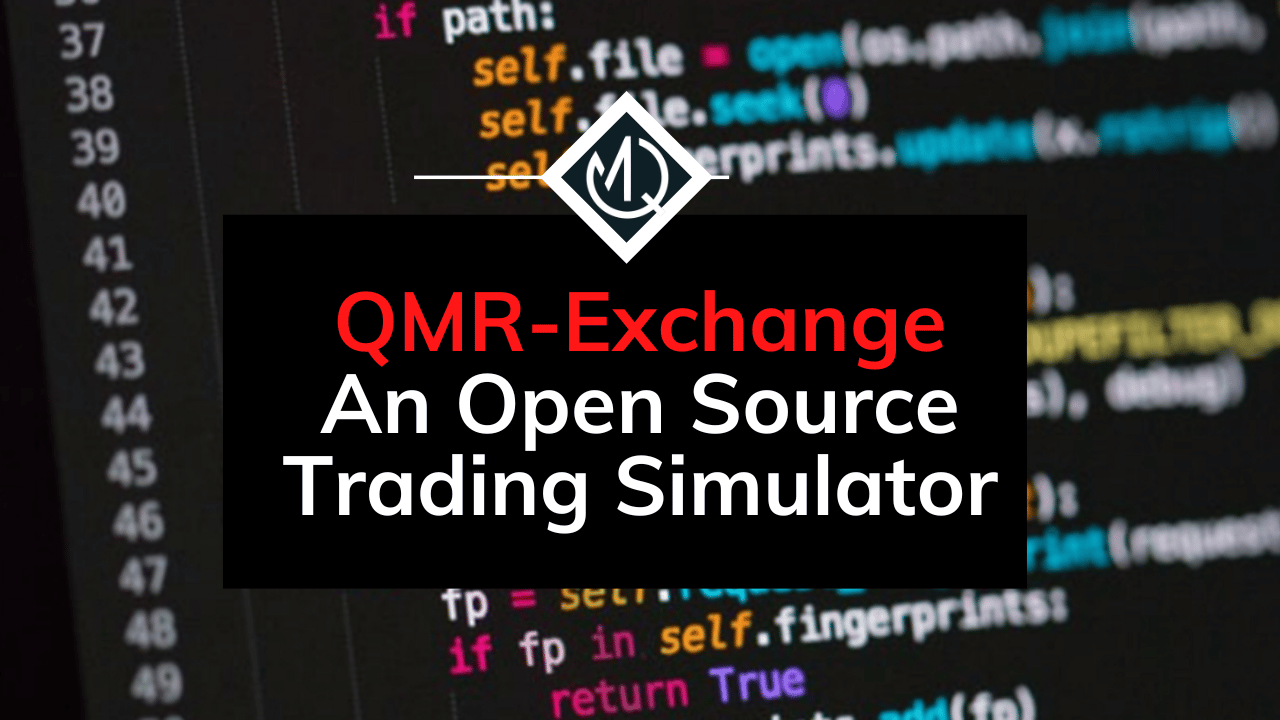Table of Contents
QRM-Exchange Overview
qmrExchange is an open-source financial markets exchange simulator that realistically mimics all the main components of modern trading venues. It allows us to test and quantify the behavior of different agents in a laboratory and isolated environment without the high noise-to-signal ratio that is otherwise unavoidable in live settings.
By creating a completely functioning trading venue whose access is only granted to a finite and known number of agents or trading algorithms, qmrExchange enables analyzing causation and quantifying the impact of each agent in a way that is otherwise unfeasible.
Usecases for qmrExchange
The implementation of qmrExchange closely resembles the backend of most FIFO trading exchanges and replicates the market microstructure of the most popular venues. As a consequence, the system is especially useful for:
- Teaching, studying, and researching topics related to market microstructure and algorithmic trading.
- Estimating the impact of new regulations and how they affect each type of agent
- Implementing and analyzing market-making and high-frequency trading algorithms
- Creating algorithmic trading challenges and tournaments both for university students and industry professionals alike
Potential Research Topics with qmrExchange
Due to its precise resemblance to real-life trading venues, qmrExchange is perfectly suited for researching plenty of topics, such as:
Market-Making Algorithms
By implementing a finite number of market participants, such as institutional investors and indicator-based trading algorithms, market-making algorithms can be studied. For a rigorous implementation, refer to Avellaneda & Stoikov (2008)
Optimal Execution Algorithms
qmrExchange is an ideal environment for implementing, testing, and quantifying the market impact of different execution algorithms. By creating a laboratory, sterile and isolated venue whose market participants and their behavior is known with absolute certainty, optimal execution algorithms can be easily implemented, researched, and calibrated. For a formal presentation of such an algorithm, refer to Almgren & Chriss (1999).
Adversarial Algorithms
Much like in the spirit of General Adversarial Networks and Game Theory, an implementation where a profit-maximizing agent’s behavior is calibrated based on the predefined behavior of other market participants is possible. For an interesting introduction to game theory applied to financial markets, refer to Allen & Morris (2022).



Comments are closed